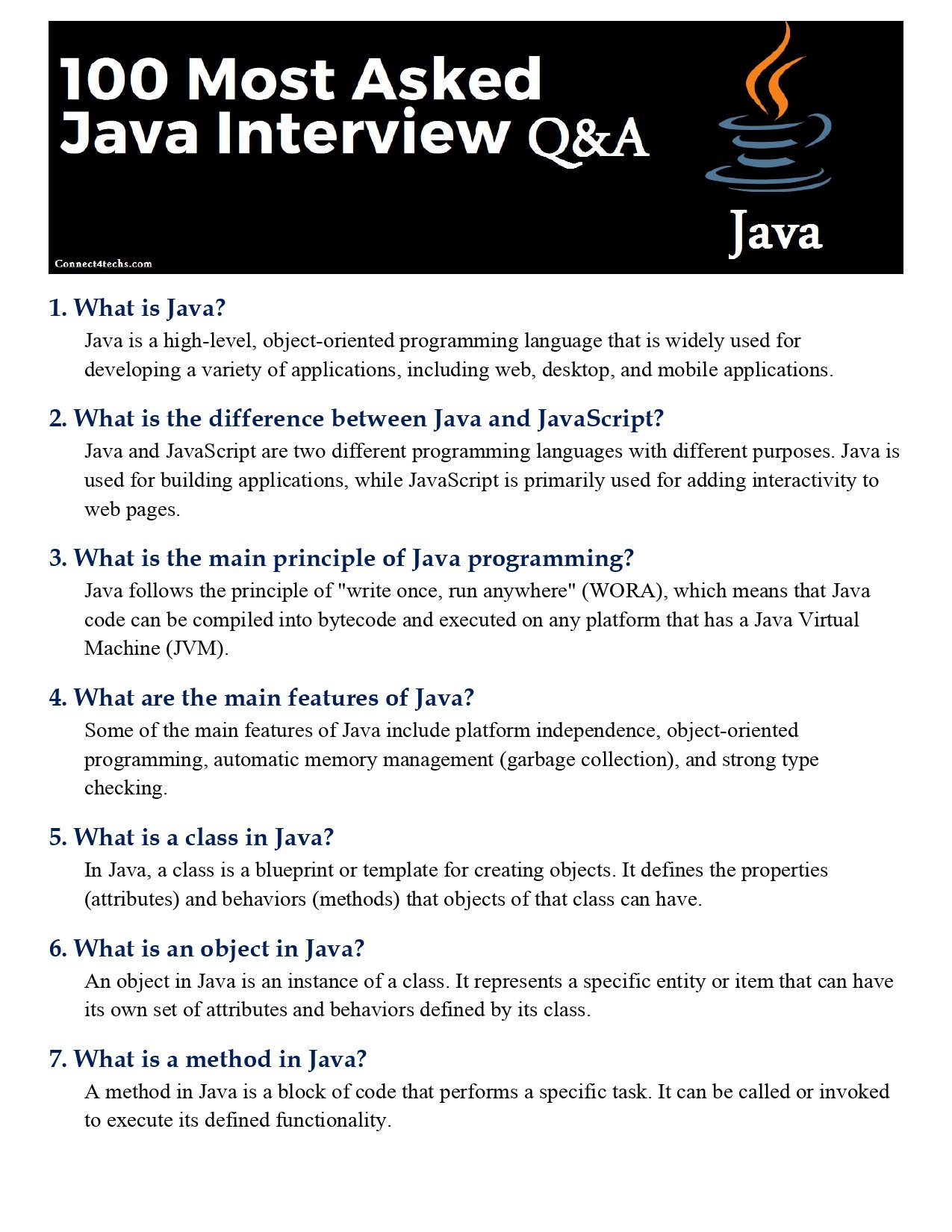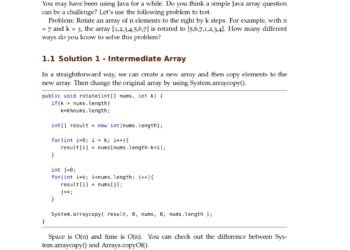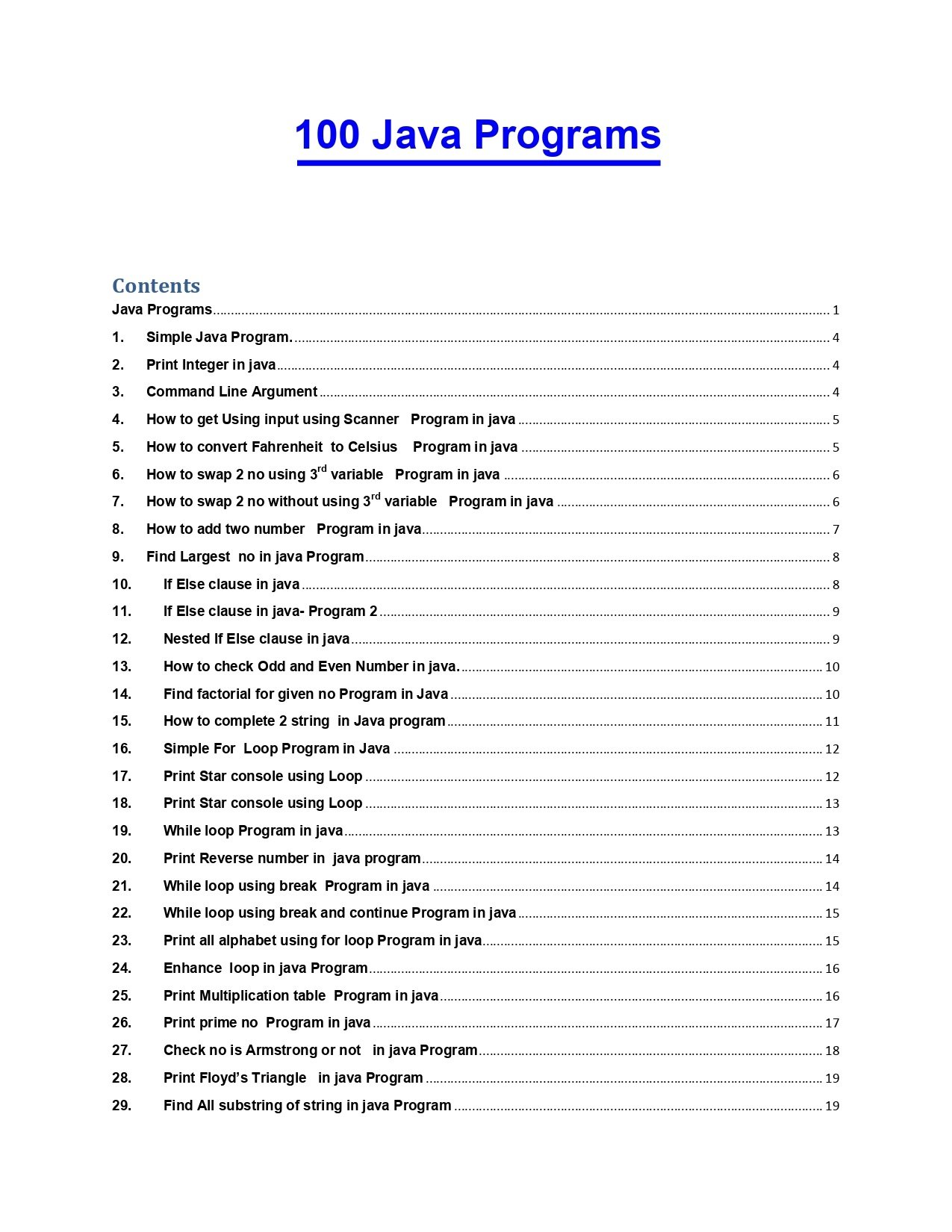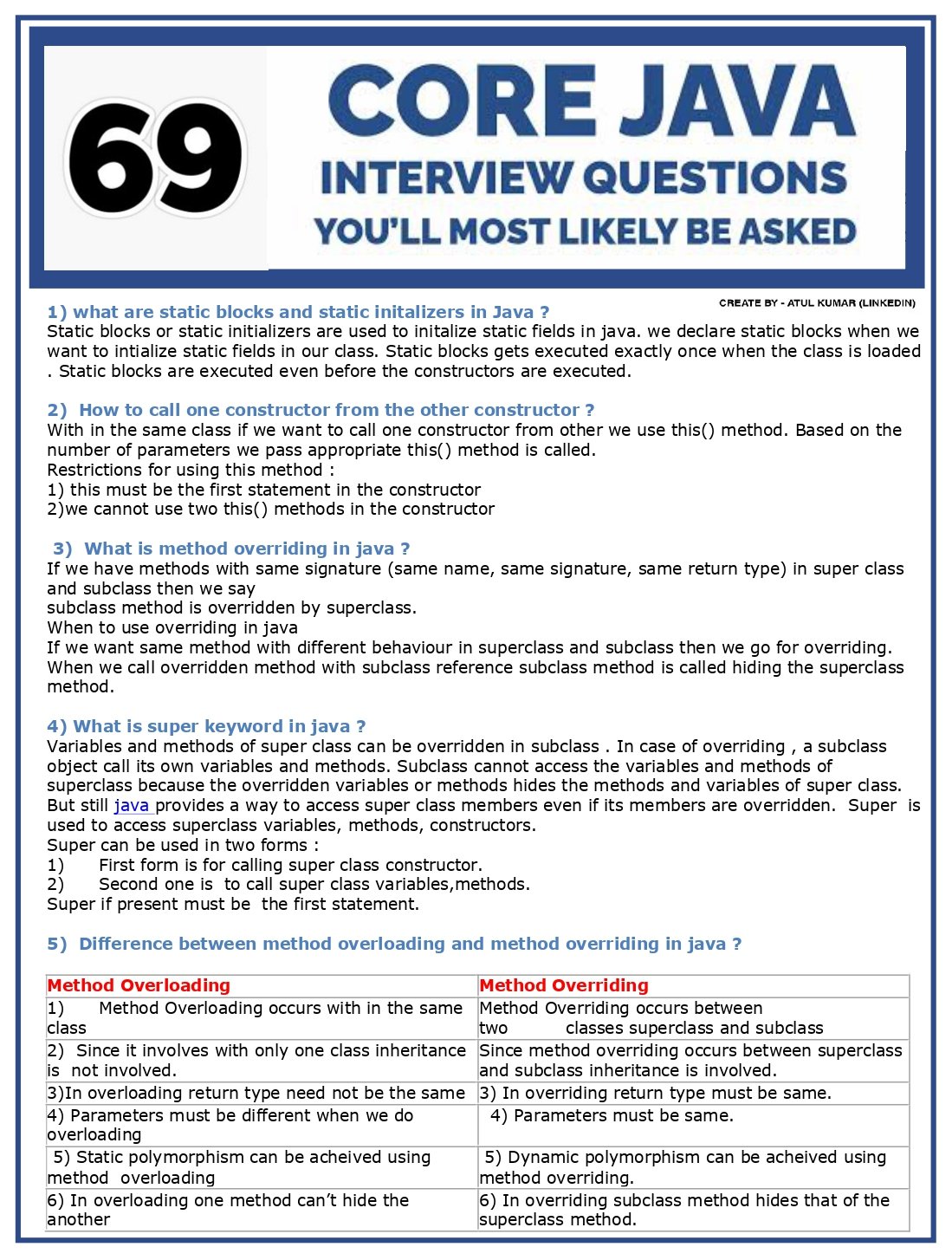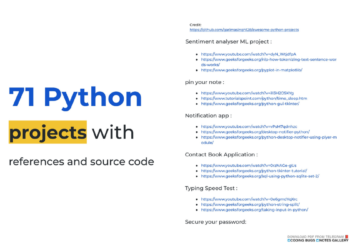In this blog post, I will share with you a PDF document that contains notes on jump statements in Java. Jump statements are control statements that shift the execution flow from one point to another point in the program.
They are mainly used to escape from loops, skip certain statements based on conditions, or exit from a method. Java supports three types of jump statements: break, continue, and return. Each of them has its own syntax and use cases. In this PDF, you will learn how to use them effectively and efficiently.
Overview about the Notes
The PDF document that I have prepared for you consists of 12 pages, divided into five sections. The first section is an introduction to jump statements, where you will learn the general idea and purpose of jump statements, as well as the common terminology and syntax.
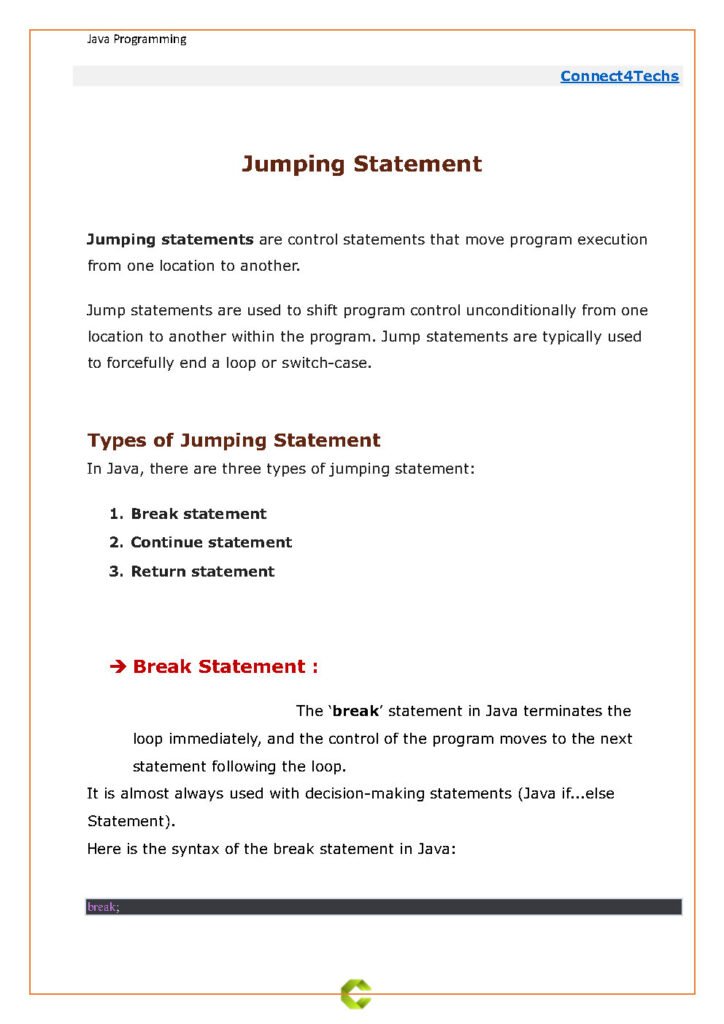
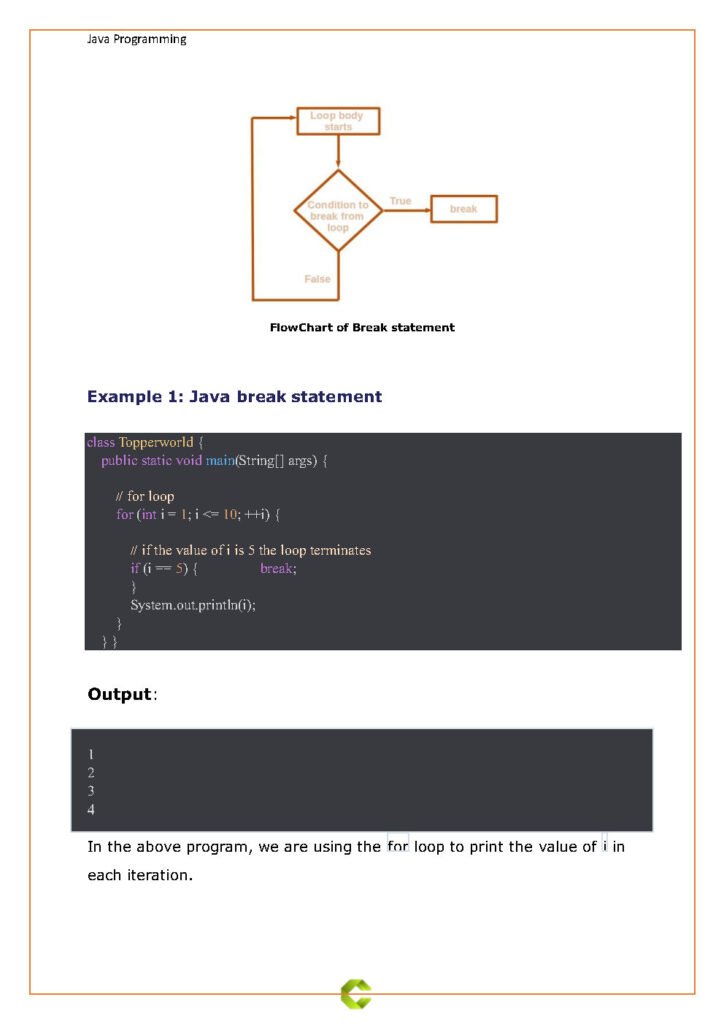
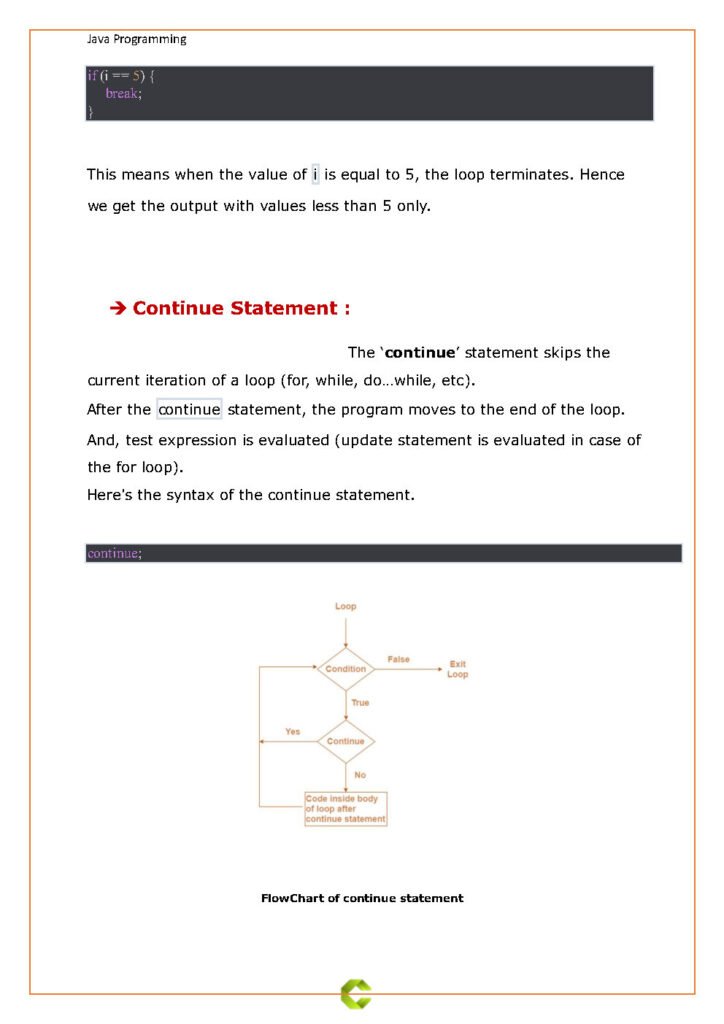
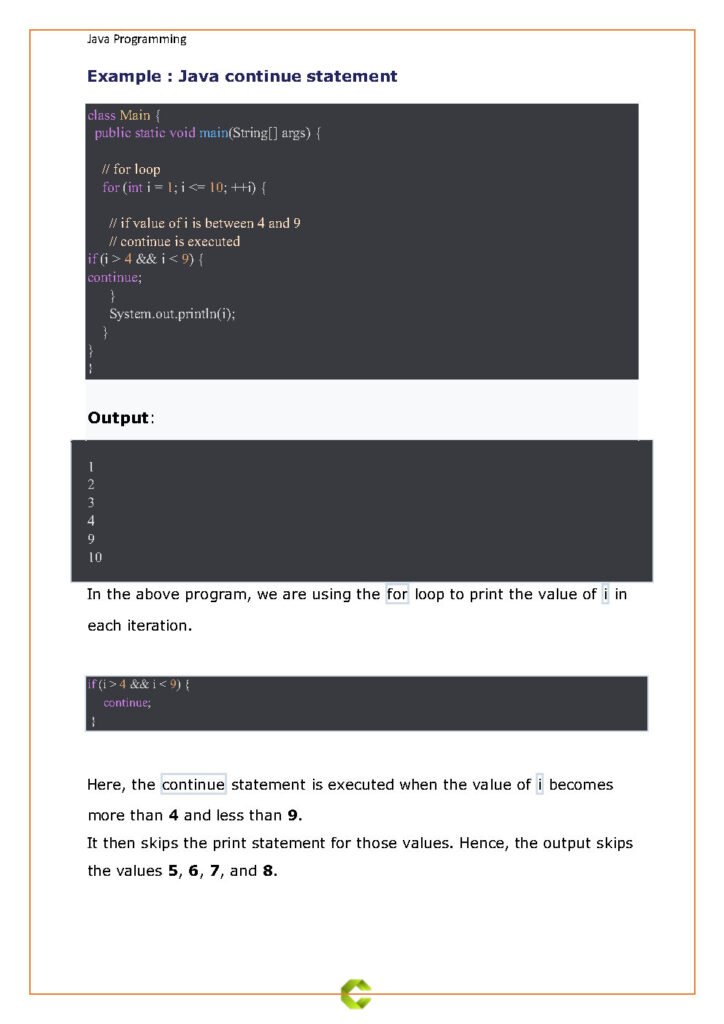
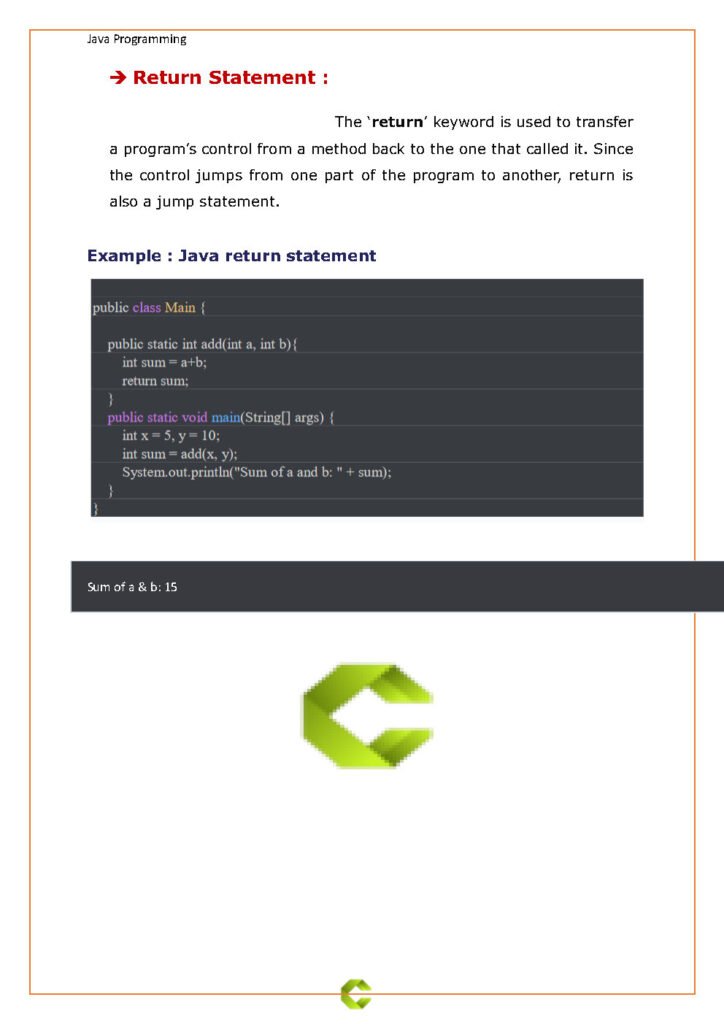
The second section is a detailed explanation of the break statement, where you will learn how to use it to terminate a loop or a switch statement, as well as how to use labeled break to exit from nested loops. The third section is a detailed explanation of the continue statement, where you will learn how to use it to skip the current iteration of a loop and proceed to the next one. The fourth section is a detailed explanation of the return statement, where you will learn how to use it to return a value from a method or to exit from a method without returning any value. The fifth section is a summary and a quiz, where you will review the main points and test your understanding with some exercises.
The Content of the Notes
The PDF document that I have prepared for you contains the following content:
- Introduction to Jump Statements
- What is a jump statement?
- Why do we need jump statements?
- What are the types of jump statements in Java?
- Break Statement
- Syntax and example of a break statement
- How to use a break statement to exit a loop or a switch statement
- How to use a labeled break statement to exit from nested loops
- How to avoid using break as a form of goto
- Continue Statement
- Syntax and example of a continue statement
- How to use a continue statement to skip the current iteration of a loop
- How to use a labeled continue statement to skip the current iteration of a nested loop
- Return Statement
- Syntax and example of a return statement
- How to use a return statement to return a value from a method
- How to use a return statement to exit from a method without returning any value
- Summary and Quiz
- Key points to remember
- Multiple choice questions
- Fill in the blanks questions
- Coding challenges
Why This Notes
This PDF document is a useful resource for anyone who wants to learn or review the basics of jump statements in Java. It covers the most important and common aspects of jump statements, with clear explanations and examples. It also provides some exercises to practice and reinforce your learning. By reading this PDF, you will be able to:
- Understand the concept and purpose of jump statements
- Write and execute different types of jump statements in Java
- Use jump statements to control the flow of program execution
- Avoid common errors and pitfalls when using jump statements
Conclusion
I hope you find this PDF document helpful and informative. Jump statements are an essential part of programming, and mastering them will make you a better and more efficient programmer. If you have any questions or feedback, please feel free to leave a comment below. Thank you for reading and happy coding!
Download from Link
You can download the PDF document from this link: Jump Statement in Java PDF.



